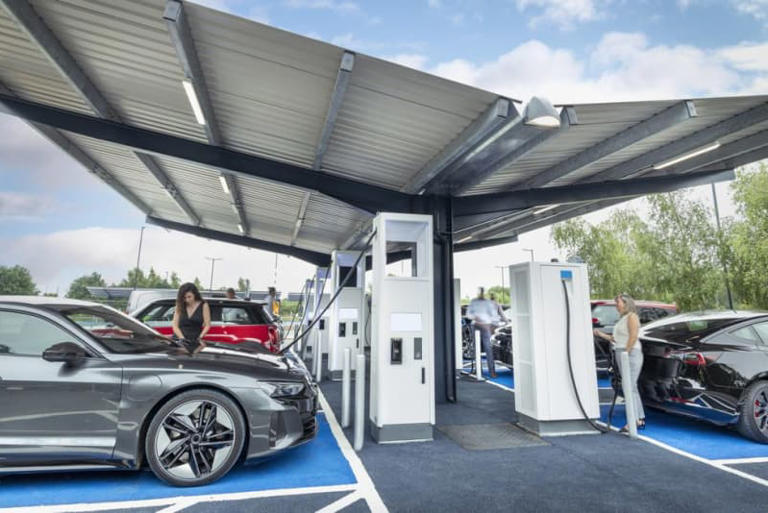- Homepage
- Automobiles
- Electric Vehicle Taxation: 5 Revolutionary Changes You Can’t Ignore!
Electric Vehicle Taxation: 5 Revolutionary Changes You Can’t Ignore!
Understanding Electric Vehicle Taxation: Incentives and Reform
Explore the world of electric vehicle taxation and discover how incentives and reforms are shaping the transition to greener mobility in the UK.

Electric Vehicle Taxation: Incentives for a Greener Future
Electric vehicles (EVs) are transforming the way we think about transportation, offering a cleaner and more sustainable alternative to traditional petrol and diesel cars. In the United Kingdom, efforts to accelerate the adoption of EVs include incentives and reforms in vehicle taxation. Let’s delve into the world of electric vehicle taxation and explore how these measures are driving the transition to greener mobility.
1. The Need for Change: Transitioning to Electric Vehicles
As concerns about climate change and air pollution mount, there is a growing consensus on the need to transition away from fossil fuel-powered vehicles. Electric vehicles offer a promising solution, emitting zero tailpipe emissions and reducing our dependence on finite resources. However, the transition to electric mobility requires supportive policies and incentives to overcome barriers such as high upfront costs and limited infrastructure.
2. VAT Reduction: Making Electric Cars More Affordable
One of the key barriers to electric vehicle adoption is the high upfront cost compared to conventional cars. To address this challenge, there have been calls to halve the rate of Value Added Tax (VAT) on new electric cars. Lowering VAT would effectively reduce the purchase price of electric vehicles, making them more accessible to consumers. Research indicates that a significant percentage of drivers are interested in switching to electric vehicles if VAT incentives are introduced.
3. Vehicle Excise Duty (VED) Reform: Incentivizing Electric Vehicle Ownership
Vehicle Excise Duty (VED), commonly known as car tax, plays a significant role in the overall cost of vehicle ownership. In a bid to encourage the uptake of electric vehicles, reforms to VED rates are being considered. By adjusting VED rates to favor electric cars over petrol and diesel vehicles, the government aims to make electric vehicle ownership more financially appealing. This aligns with the broader goal of reducing carbon emissions and promoting sustainable transportation.

4. Charging Infrastructure: Enhancing Accessibility
A robust charging infrastructure is essential to support the widespread adoption of electric vehicles. While home charging solutions are convenient for many EV owners, public charging networks play a crucial role in enabling long-distance travel and reducing range anxiety. To encourage the expansion of charging infrastructure, there have been calls to reduce the VAT rate on public chargers from 20% to 5%. This would make charging stations more affordable to install and operate, contributing to the overall accessibility of electric vehicle charging.
5. Revenue Implications and Long-Term Benefits
While the proposed tax reforms may result in a short-term reduction in government revenue, they are aligned with long-term environmental and economic objectives. The potential loss in VAT revenue from electric vehicle sales is outweighed by the broader benefits of transitioning to greener mobility. These include reduced air pollution, improved public health, and job creation in the renewable energy sector. Moreover, the transition to electric vehicles aligns with the UK’s commitment to achieving net-zero emissions by 2050.
6. Challenges and Opportunities
Meeting the growing demand for electric vehicles poses both challenges and opportunities. One of the key challenges is the rapid expansion of the charging infrastructure to keep pace with the increasing number of electric vehicles on the road. While progress has been made in this area, there is still work to be done to achieve the government’s target of installing 300,000 chargers.



